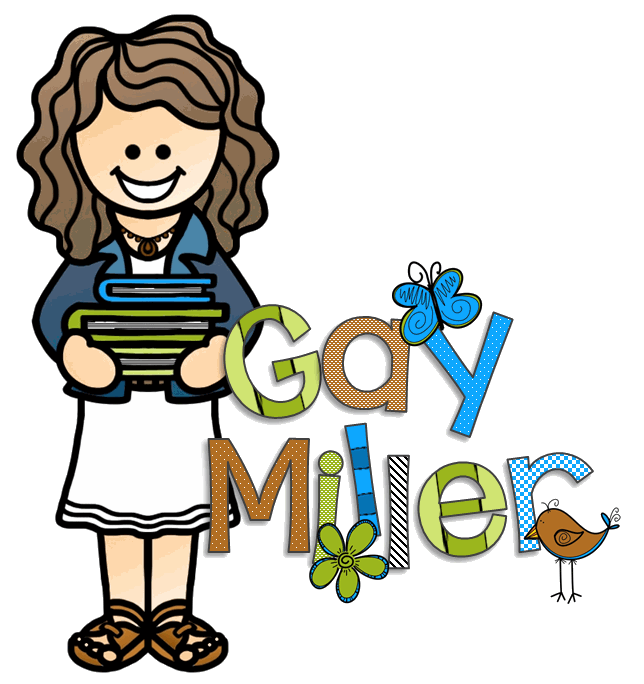
Introducing students to the concept of cause and effect can be both challenging and rewarding. Animated shorts offer a unique and engaging way to explore this literary concept. This lesson plan uses the animated short film “Feast” to teach cause and effect. The post also provides a list of interesting animated shorts for additional practice.
The handout contains practice organizers corresponding to all the activities mentioned in this post. Consider downloading it now before you proceed with reading the post. 😊📄
Cause and Effect Mini-Lesson
Hook Mystery Bag Game
- Prepare a bag with several items that students can use to create simple cause-and-effect scenarios (e.g., a small ball, a book, a flashlight, a water bottle, etc.).
- Ask a volunteer to pick an item from the bag without looking.
- As a class, brainstorm potential causes and effects related to the item. For example:
- Item: Small ball
- Cause: Someone throws the ball.
- Effect: The ball bounces.
- Repeat with a few different items to generate interest and introduce the concept of cause and effect in a fun, interactive way.
Activity #1: Exploring Flow Charts
Objective:
Introduce students to flow charts, explaining their definition, uses, and examples.
Definition:
A flow chart is a diagram that shows a sequence of actions or steps, often used to represent processes or workflows.
Uses:
Flow charts visually represent the steps in a process, making it easier to understand how each step leads to the next.
Example Flow Chart for “Weather Patterns and Their Effects”

Activity:
- Introduction: Explain the definition and uses of flow charts.
- Example: Show the example flow chart for “Weather Patterns and Their Effects.”
- Practice: Provide a simple process (e.g., the process of plant growth) and have students create a flow chart to represent the steps.
Activity #2: Exploring T-Charts
Objective:
Introduce students to T-charts, explaining their definition, uses, and examples.
Definition:
A t-chart is a graphic organizer that separates information into two columns. It is often used to compare two related aspects, such as cause and effect.
Uses:
T-charts organize and compare two sets of information, making it easy to see their relationships or differences.
Example T-Chart for “Weather Patterns and Their Effects”

Activity:
- Introduction: Explain the definition and uses of T-charts.
- Example: Show the example T-chart for “Weather Patterns and Their Effects.”
- Practice: Provide a simple scenario (e.g., the process of plant growth) and have students create a T-chart to list causes and effects related to the growth stages.
Activity #3: Exploring Fishbone Diagrams
Objective:
Introduce students to fishbone diagrams, explaining their definition, uses, and examples.
Definition:
A fishbone diagram (also known as an Ishikawa or cause-and-effect diagram) is a tool for identifying and organizing the potential causes of a problem in a visual format.
Uses:
Fishbone diagrams help users brainstorm and categorize potential causes of an issue, helping to identify root causes and their relationships

Example Fishbone Diagram for “Weather Patterns and Their Effects”
Activity:
- Introduction: Explain the definition and uses of T-charts.
- Example: Show the example T-chart for “Weather Patterns and Their Effects.”
- Practice: Provide a simple scenario (e.g., the process of plant growth) and have students create a T-chart to list causes and effects related to the growth stages.
Activity #4: Animated Short Feast

Show students the animated short film “Feast” [6:49]. Encourage them to pay attention to the sequence of events and the cause-and-effect relationships within the story.
A stray Boston Terrier finds a new home with James and Kirby. James gives the puppy French fries and other junk foods. Kirby wants the puppy to eat healthy foods. This makes for a humorous story that teaches students the value of eating healthy foods. This 2014 Oscar-winning Walt Disney film will be a hit with your students.

Activity #5 Creating a Cause-and-Effect Chain
Provide students with the handout outlining the cause-and-effect relationships in the film. Have them work individually or in pairs to create a visual cause-and-effect chain. T-chart, and/or fishbone organizer based on the events in the film.


Animated Shorts for Practicing Compare-Contrast

Alex & Tumbo
“Alex & Tumbo” is an animated short film by SioFic. The animation showcases the interactions of two vacuum cleaners, Alex and Tumbo. The film is approximately 3 minutes.

The Rhythm of The Water
This 5-minute animated short film, “On The Rhythm of the Water,” is a CGI 3D animation created by a talented team of directors and artists from ESMA. The story follows a young music-loving beaver who seeks to find his place within his community through the power of music.

No Photography
“No Photography” [5:26] is a comedic animated short film that follows the misadventures of a thief attempting a museum heist in the dead of night. The plot turns unexpectedly when the thief encounters a peculiar tourist passionate about photography. The ensuing chaos is humorous and thrilling, showcasing the creators’ talents in storytelling and animation.
Wrap up the lesson by highlighting the importance of understanding cause and effect in storytelling and real life. Emphasize how this skill can improve comprehension and analytical thinking. Engaging animated shorts like “Feast” can make learning about cause and effect enjoyable and memorable for students.
More Samples from the Teaching Reading with Animated Shorts Series
See the product that inspired this post.
The organizers in the mini-lesson are samples from Teaching Reading Skills with Animated Shorts Part 2.



